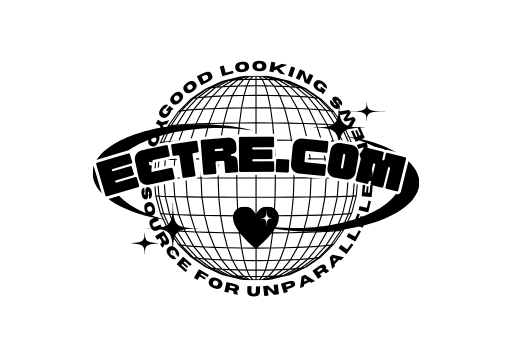Can Quick Turn PCB Fabrication Be Recycled?
Quick Turn PCB Fabrication Be Recycled
The fast pace of electronic product development is one of the key drivers for market success. But it is also necessary to make sure that the products are quality-assured, so that they meet the demands of customers in terms of functionality, cost, and speed of manufacturing. To achieve all of this, engineers need a PCB manufacturer who can deliver high-quality prototypes and low-volume production in the shortest time possible. That is where quick turn pcb fabrication comes into play.
Quick turn pcb fabrication is a process in which the circuit board designs are converted into a specific physical structure, as per specifications. This transformation is carried out by converting the designs into Gerber files, which are the de-facto standard file format for the transfer of PCB data. The resulting bare boards are then used as the foundation for further assembly and fabrication processes. The whole process is performed in a short span of time, making it suitable for delivering a project within the deadlines set by the client.
Prototypes are crucial for a quick turnaround PCB process because they help manufacturers avoid costly flaws in their final products. They also enable technicians to test a design for manufacturability, which reduces the delivery timeframes and saves money. In addition, they also allow the manufacturer to rework on a prototype without affecting the final product.

Can Quick Turn PCB Fabrication Be Recycled?
As the demand for electronic devices grows, more and more people are using these products in their daily lives. This has led to an increase in the production of printed circuit boards, thereby increasing the amount of waste that gets discarded every year. Moreover, most of this waste is made up of obsolete and unusable circuit boards. Therefore, the question arises whether or not these unused circuit boards can be recycled and reused. The answer is yes, and this can be done by utilizing various techniques, such as in-situ recycling.
In-situ recycling is a method of recycling that takes place during the manufacture of a printed circuit board. This involves drilling or cutting the circuit board into smaller chunks, then removing components such as capacitors, motors, batteries, and plugs. The remaining circuit board is then assembled with surface-mounted and through-hole (THA) components. The completed boards are then tested to ensure that they work properly and are safe for use.
The resulting materials can be reused in various ways, including as a building material or for other purposes. The most common is to turn them into new electrical circuits or electronic devices. In some cases, they may be melted and formed into new shapes or parts. This is an eco-friendly option for recycling circuit boards, as it reduces the amount of waste that ends up in landfills.
The best way to get the most out of a quick turn PCB is to partner with a company that offers a wide range of services, from prototyping to beta builds and pre-production. The best partners are those that offer the most flexibility and shortest lead times, while still delivering on their promise of quality and reliability.

